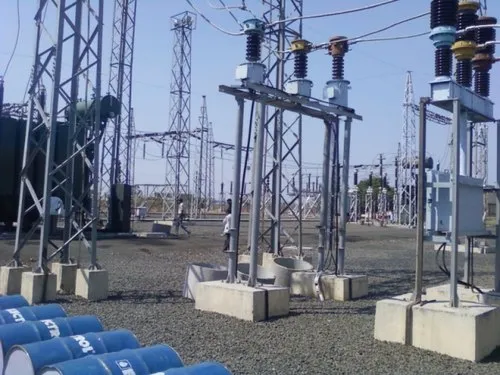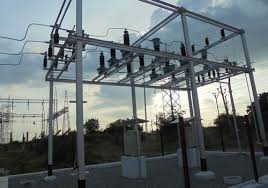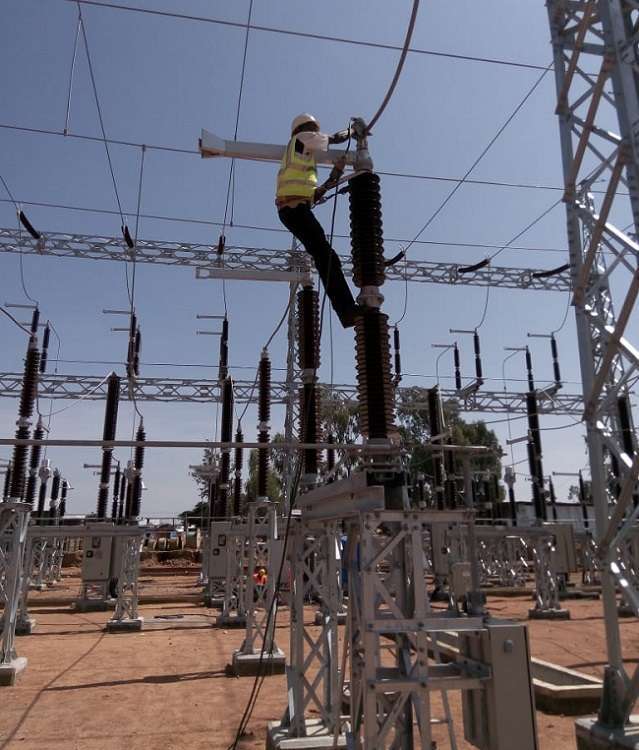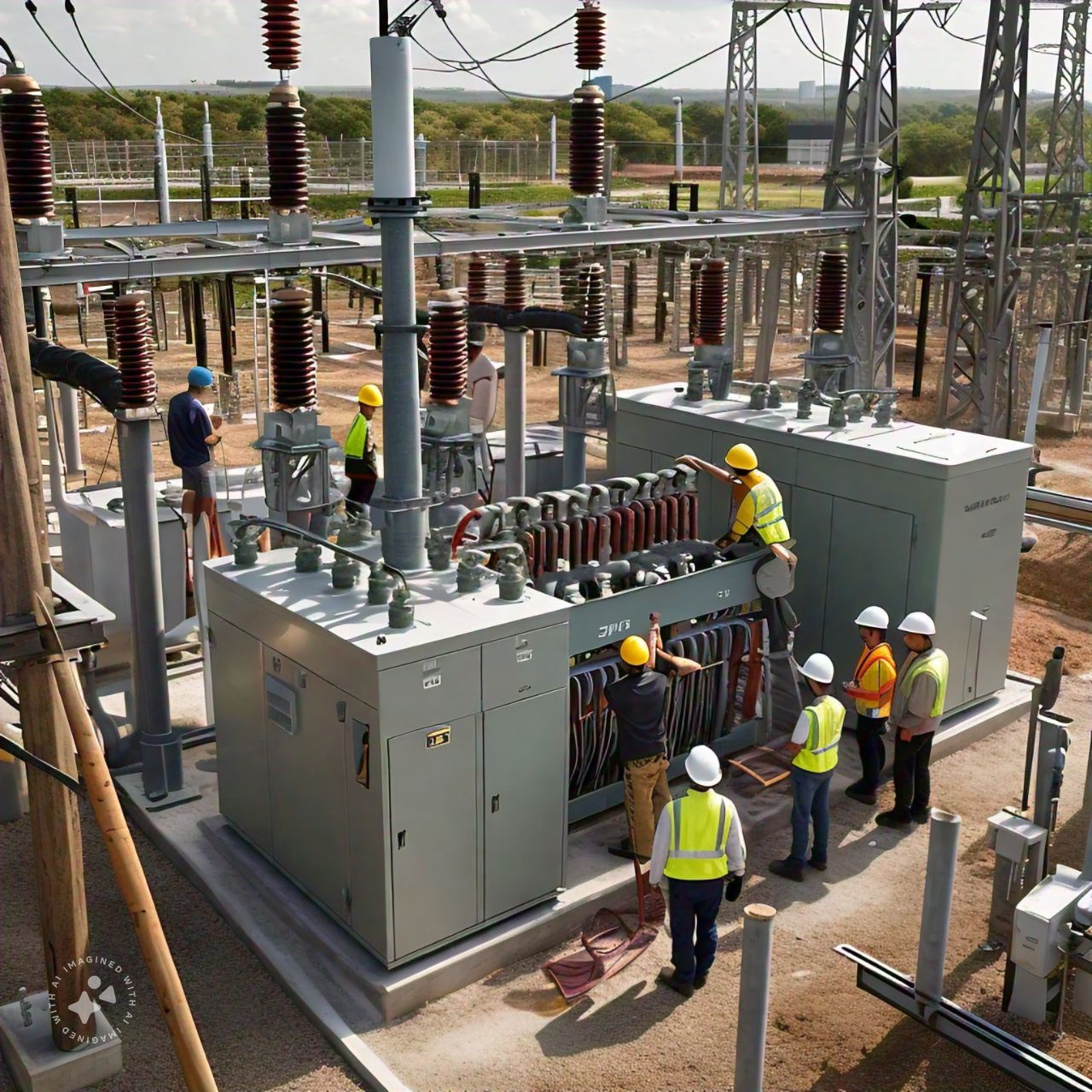Erection, Testing, and Commissioning of Sub-Stations up to 33 KV.
The erection, testing, and commissioning of sub-stations up to 33 kV are essential processes in establishing a reliable electrical power distribution network. Sub-stations are pivotal in transforming voltage levels to ensure efficient power transmission and distribution. This guide details the comprehensive steps involved in erecting, testing, and commissioning sub-stations up to 33 kV, ensuring their optimal performance and safety.
Erection
The erection of a sub-station involves the construction and assembly of various components, ensuring they are correctly installed and aligned with design specifications.
Site Preparation:
-
- Conduct a site survey to determine the suitability of the location.
- Clear the site of any obstructions and level the ground.
- Lay the foundation according to the structural design, ensuring it can support the sub-station equipment.
Equipment Installation:
-
- Install primary equipment, including transformers, circuit breakers, isolators, and switchgear.
- Position and secure auxiliary equipment such as control panels, battery banks, and protective relays.
- Erect steel structures for supporting busbars and other high-voltage equipment.
Busbar and Conductor Installation:
-
- Install busbars and connect them to the transformers and switchgear.
- Ensure proper tensioning and alignment of conductors to prevent sagging and maintain electrical clearances.
Grounding System:
-
- Implement a robust grounding system to ensure safety and prevent electrical hazards.
- Connect all equipment and structures to the grounding grid to provide a path for fault currents.
Cable Laying and Termination:
-
- Lay power cables, control cables, and communication cables in designated trenches or conduits.
- Terminate cables at their respective equipment, ensuring secure and reliable connections.
Testing
Testing is a critical phase to verify the functionality and safety of the sub-station components before commissioning.
Insulation Resistance Testing:
-
- Measure the insulation resistance of transformers, circuit breakers, and cables to ensure they are free from moisture and contamination.
High-Pot Testing:
-
- Perform high-potential (Hi-Pot) tests on high-voltage equipment to verify the integrity of insulation and detect any weaknesses.
Transformer Testing:
-
- Conduct tests such as turns ratio, polarity, and vector group to ensure transformers are correctly assembled and operational.
- Perform oil tests to check for dielectric strength and contaminants.
Circuit Breaker Testing:
-
- Test the operation of circuit breakers, including timing tests for opening and closing times.
- Verify the trip settings and protective relay coordination.
Functional Testing:
-
- Test the entire system under simulated load conditions to ensure all components function correctly.
- Verify the operation of protection schemes, interlocks, and alarms.
Commissioning
Commissioning is the final step to ensure the sub-station is ready for operation. It involves comprehensive checks and validations:
Pre-Commissioning Checks:
-
- Verify that all equipment is installed according to design specifications.
- Check for any loose connections, mechanical defects, or other installation issues.
System Integration Testing:
-
- Test the integration of all sub-station components to ensure they work harmoniously.
- Validate the operation of SCADA (Supervisory Control and Data Acquisition) systems for remote monitoring and control.
Performance Verification:
-
- Conduct load tests to verify the performance of transformers, breakers, and other equipment under actual operating conditions.
- Monitor system parameters such as voltage, current, and temperature to ensure they are within acceptable limits.
Safety and Protection Testing:
-
- Test the operation of all protective devices and safety mechanisms.
- Ensure all safety protocols and procedures are in place and functional.
Final Documentation and Handover:
-
- Compile detailed documentation of all tests, results, and configurations.
- Provide a comprehensive handover package to the operation and maintenance team, including operation manuals and maintenance schedules.




